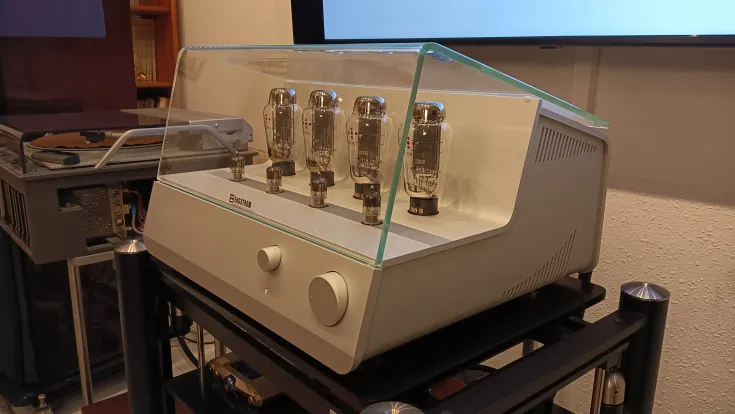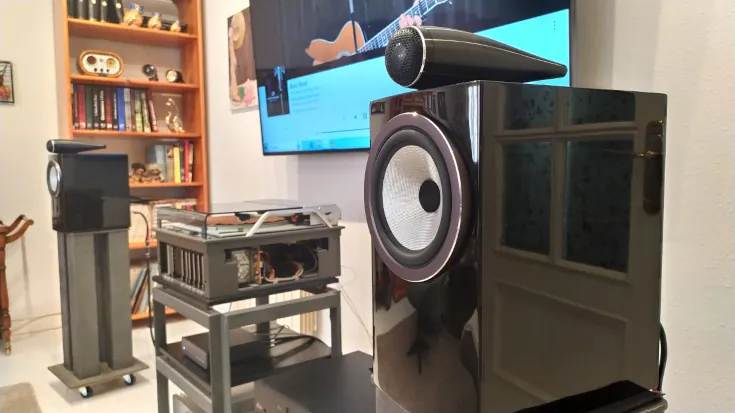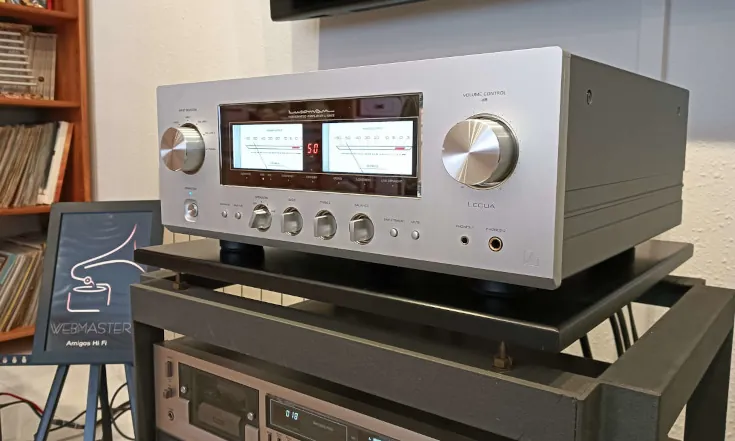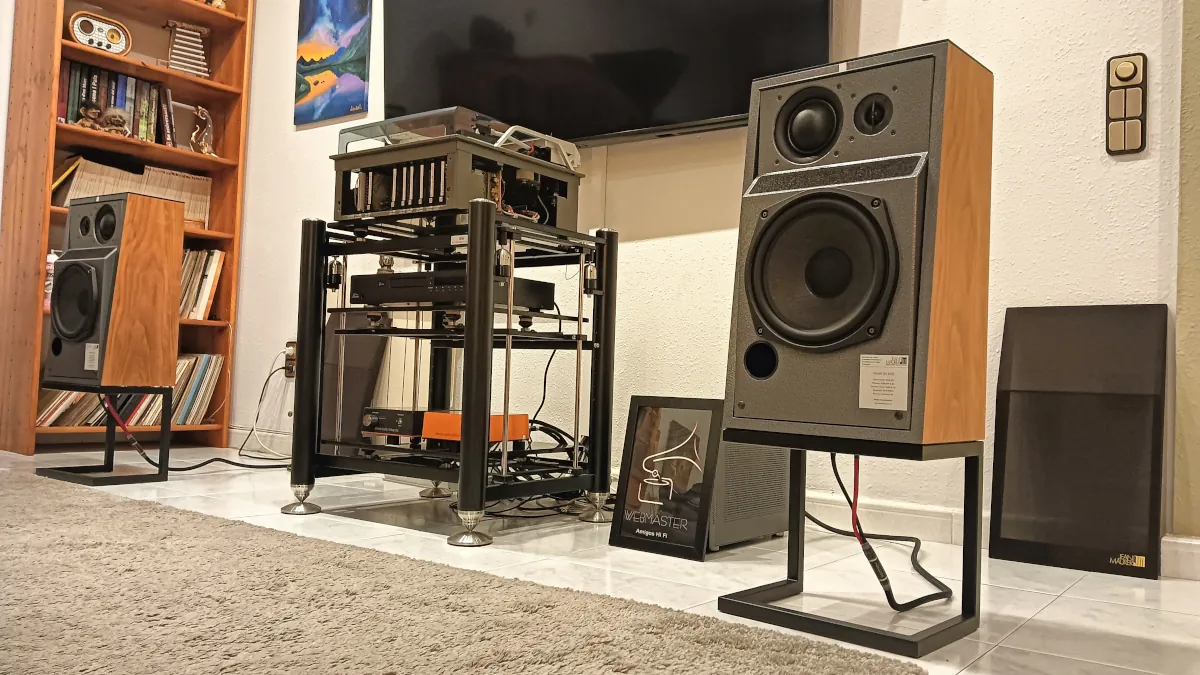Perfect Stranger

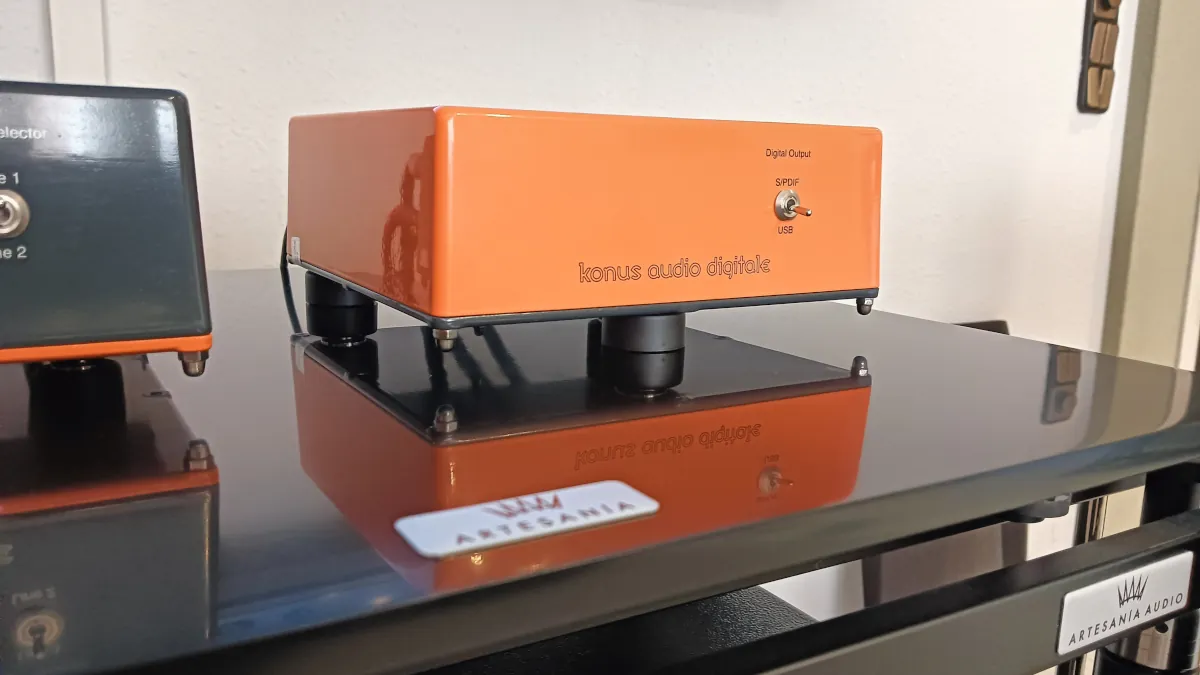
I have left the third element of the happiness machine for last, as the most disturbing for me. You only have to take a quick look at the history of DACs analyzed by me, or integrated with built-in DACs, or CD-DVD-Blueray players with built-in DACs that could be used independently, to get an idea that this add-on is not very new to me.
Forty years ago, I was experimenting with the possibility of creating rhythms or similar things with the built-in buzzer that came with the ZX Spectrum. Timex Sinclair 2068 for my readers in the United States, although it was not entirely comparable, as this microcomputer was an improved version of the original, which went on sale in Spain in September 1985.
My obsession with combining the two great passions of my life, music and computing, means that DACs, in whatever form they have taken over the years, are my weakness.
From the first Adlib computer cards, through Creative Labs, with its legendary 16-bit Sound Blaster, it has always been a struggle to improve one aspect, sound, which for decades was relegated to the sidelines in computing. It has always been an uphill struggle, not at the speed of CPUs, but much more relaxed. The low capacity of hard disks made it useless to try to improve sound quality, something less important at the time than graphics quality.
The explosion of digital music came with MP3 and illegal torrent downloads. Yes, the pirates forced the big companies to rethink things. Continuing with this express trip through digital memory, Spotify changed everything, everything. From top to bottom. For a modest price, you could listen to any music you wanted in MP3 quality, anytime. The pirates reconverted and began to rip music from physical formats in high quality. The industry counterattacked by offering high quality in its streaming services.
The problem was that high quality equals large data volume. MQA wanted to be the solution, delivering high quality, although it needed a lot of processing power. When processing power reached DACs, the speed of home connections rendered the format useless, as there was no need for so much compression. Fiber optics changed everything.
And all this long preamble to say the following:
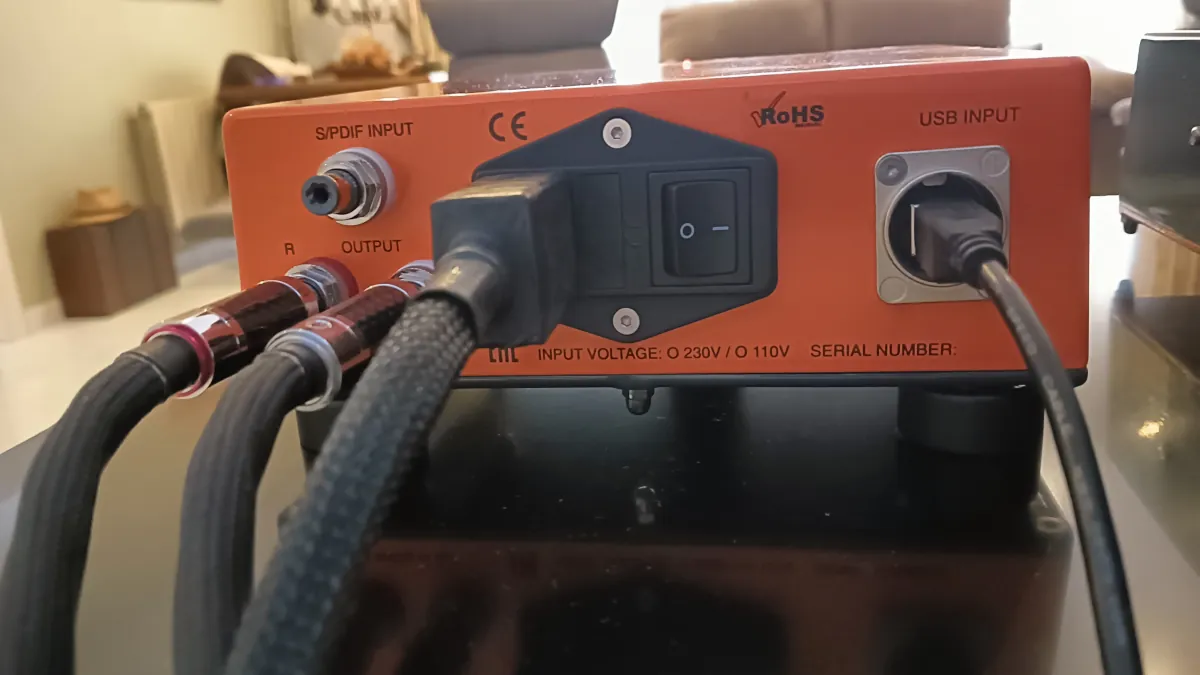
Konus Audio Digitale 2000 - Basic data
I'll start where some don't even bother, by copying and pasting from their website: "Dual topology S/PDIF and USB digital audio converter.
The S/PDIF and USB circuits have been specifically designed and optimized for superior reproduction in each type of connection."
And that's the most important thing so far. As I mentioned in Integrale 2000, very little public information is available, so we have to rely only on our own resources and ears. If the Integrale is minimalist, due to the lack of "distractions" in its components, this one we would have to define as the simplification of conceptual minimalism. Two digital inputs, one RCA analog output and a toggle switch to select the source. The box is the company's standard, with a choice of two colors.
Equipment used in the tests
Sound source:
» Konus Audio Digitale 2000
» Roon Server
» Qobuz Studio
Power amplification:
» Konus Audio Integrale 2000
Speakers:
» Jean Maurer JM320E
» RadioTehnika Giant FS-100N
Cables:
» Wires4Music in cabling:
» Horus Hybrid RCA interconnection
» Evolution in loudspeakers and mains power
Rack HiFi:
» Artesanía Audio Exoteryc Rack PRO

I connected it via USB to my Roon server, I cranked it up with some track, I can't even remember which one... and BOOM!!!, my head exploded.
In ecstasy, I look for a track of extreme quality to see the signal processing until it is located, through the RAAT (Roon's data transport system), in the DAC... and BOOM BOOM!!!
What happened? Roon was downgrading or simplifying the digital signal so that it could be accepted by the DAC, in terms of both frequency and bit length. This is normal and always results in a deterioration of sound quality. But not in this case. By equalizing different encodings of very varied and complex songs, always downwards, you could clearly hear the intrinsic quality of each one. It makes no sense to me. It goes beyond my logic and my knowledge. That's why I started the article with the long preamble, so you know that I haven't come to this for the last two days. I've been experiencing the evolution of digital sound for 40 years and this Konus Audio has blown my mind.
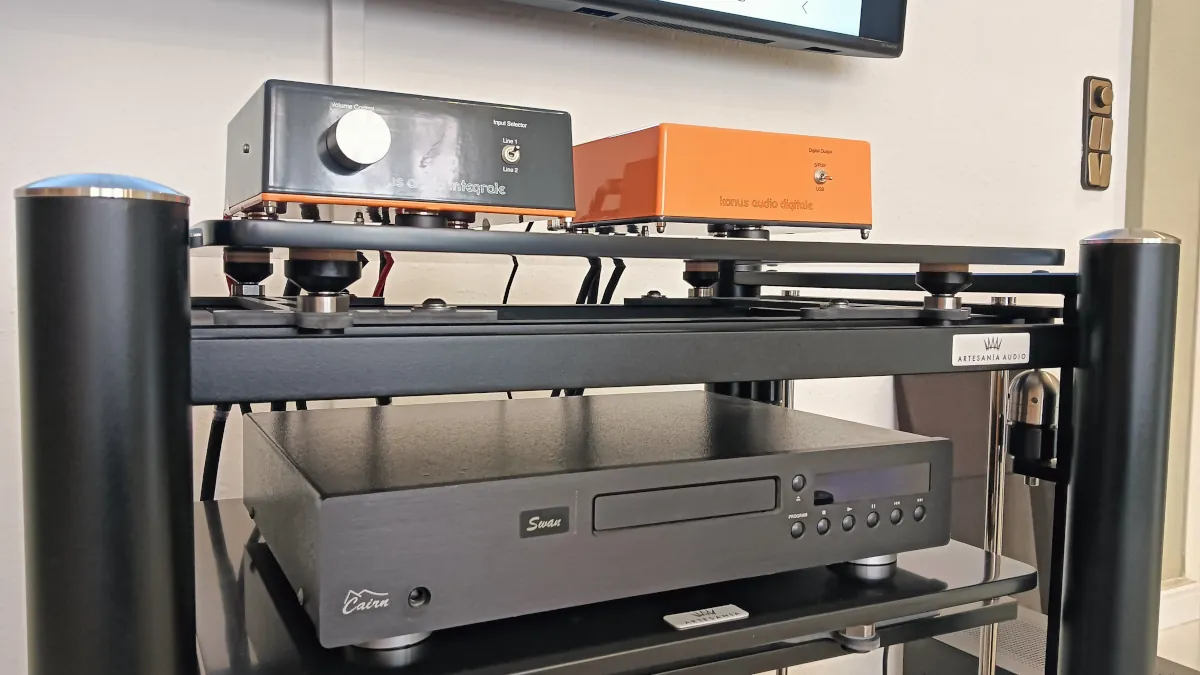
In a futile attempt to recompose my mental map, I switched to another dac with superior "technical characteristics", adjusting a song to its maximum playback quality and comparing the result between the two. It wasn't a very fair comparison either because of the price differential; however, I thought it would give me a real reference and somewhere to hold on to as a point of support, my comfort zone. In short, it didn't last even a few minutes. The quality that Digitale 2000 took away from it was so much that I didn't want to waste any more of my time. My time is limited, as the manufacturers and distributors well know, and they struggle to get their window in Amigos HiFi. And the price of being in this space is extra time for my personal enjoyment of the products tested.
I can't explain or justify the reason for my words. I don't know why the hell it sounds so good. I don't know how the different sound qualities can be maintained clearly if my server is forced to reduce the quality of the signal in order to transmit it to the DAC. I don't understand it. Many people ask me for advice privately, and when I have time, not always, I try to answer them. Don't do it with this Digitale 2000, I won't know what to say. For a "connoisseur" to have to publicly and clearly admit that he doesn't understand anything is not easy. I left the review of this product until the end to see if, during this time, I could clear up any doubts. Nothing. Same as the first day.
After forty years of seeing and experiencing the evolution of digital music reproduction through signal converters, I feel frustrated. By people I know, who also know the manufacturer, Sead Lejlic, this good man does not provide any information that helps to understand this enigma.
Conclusions
If your digital needs don't exceed two inputs, one USB and one S/PDIF, and digital displays with the characteristics of your discs are not important, this could be your DAC.
Forget about your previous knowledge and just listen. It is not going to be the most spectacular piece of your music system, visually speaking. It is discreet and with time you will fall in love with its classic form.
With this article I have broken the surprise effect, but I guarantee that, when you are not prepared and you come across this, you will scream. Possibly, this product is aimed at a very select audience, knowledgeable about the market and its products. As it does not have striking "visual effects", it bases its purchase decision simply on the sound, and although it may seem contradictory, it is not always the value that everyone values.
| Manufacturer Website | Konus Audio |
| Website Distributor | Broker Audio |
| Price | |
| Technical Sheet | |
| User Manual |
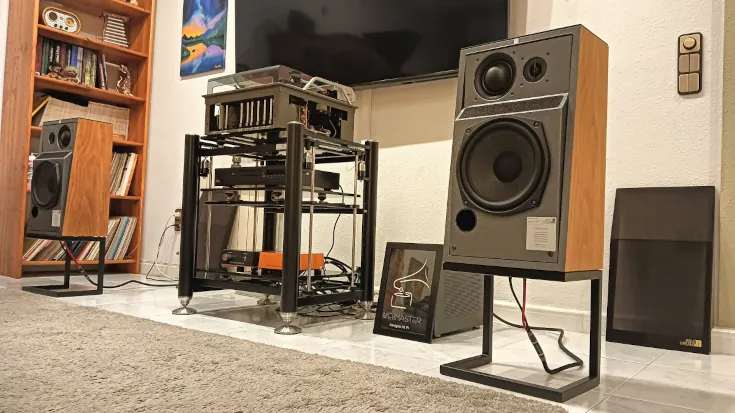
The happiness machine. 1/3
Jean Maurer JM320E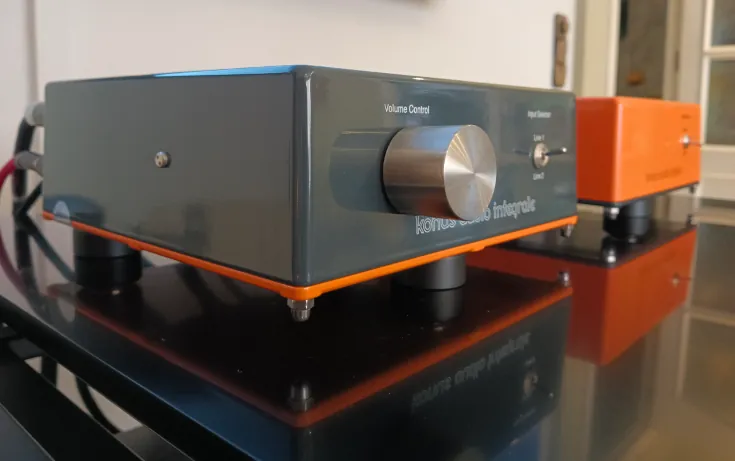
The happiness machine. 2/3
Konus Audio Integrale 2000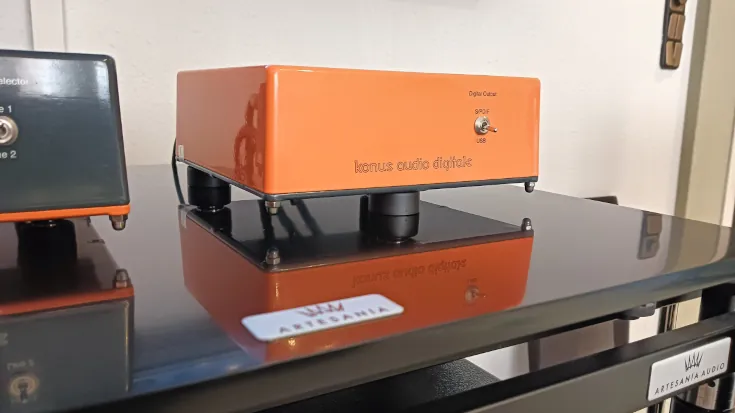
The happiness machine. 3/3
Konus Audio Digitale 2000More review
-
Verus Canor David, biblical quality
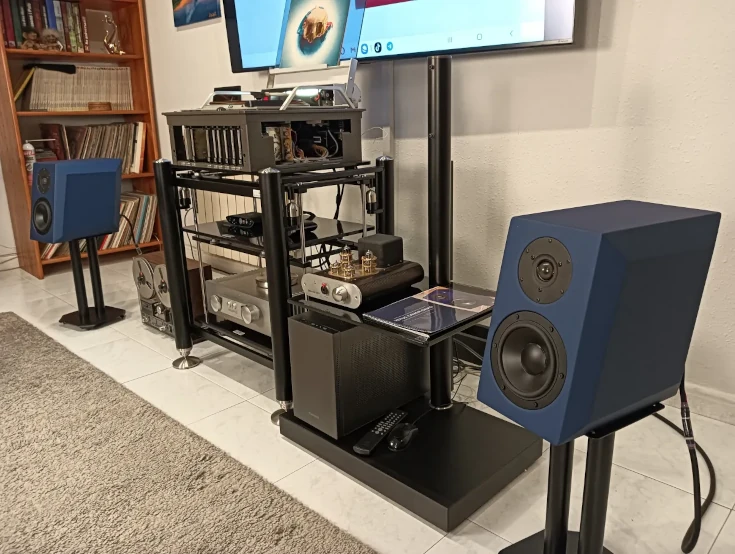
The number of hours invested in its development is evident in the final result.
-
Konus Audio Integrale 2000, the magic box

Both the speakers and the integrated one have been designed to work at full speed.
-
Cambridge Audio EVO CD, musical ecosystem
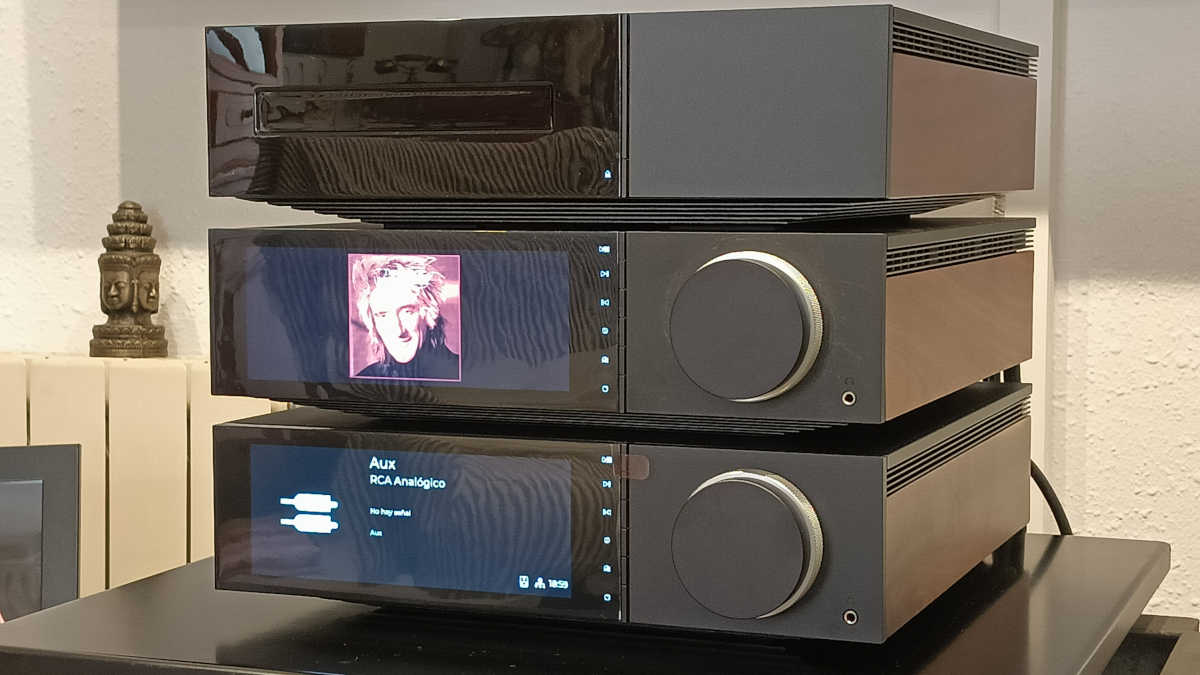
Possibly, I have spent more time trying to understand this product than listening to it carefully and...






